There’s nothing quite as frustrating as sitting inside your home on a chilly day, only to feel a cold breeze sneaking in through your windows.
Drafty windows not only make your living space uncomfortable but also cause your heating or cooling system to work overtime, driving up your energy bills. If you’ve noticed cold spots near your windows or hear whistling when the wind blows, it’s time to take action.
The good news? Fixing drafty windows doesn’t have to mean costly replacements or complicated renovations. In fact, there are plenty of ways to seal those pesky leaks that fit a variety of budgets and skill levels.
Whether you rent and can’t make permanent changes, own a home but want quick DIY fixes, or are ready to invest in long-term solutions, this guide has something for you.
From simple, budget-friendly options like weather sealing tape and draft stoppers to more involved improvements such as storm windows and insulated curtains, each solution offers a unique way to keep your home warmer in winter and cooler in summer.
And even if you’re on a shoestring budget, don’t worry—there are surprisingly effective hacks like bubble wrap insulation and using clear nail polish to seal tiny cracks.
Many people don’t realize just how much heat escapes through windows. Older or poorly installed windows can account for a significant portion of your home’s energy loss. This not only wastes money but also affects your comfort and increases your carbon footprint. Taking the time to address drafty windows can make your home feel cozier and help reduce your environmental impact.
This article will walk you through 12 tried-and-tested methods to tackle drafts around your windows, explaining how they work, their pros and cons, and who they’re best suited for. You’ll get practical advice on installation, maintenance, and what to expect in terms of effectiveness. Whether you’re looking for a quick fix before winter hits or planning a complete window upgrade down the road, you’ll find plenty of useful information to help you make the right choice.
So, if you’re tired of bundling up indoors or feeling the chill creep in every time the wind picks up, keep reading. With the right approach, you can seal those drafty windows and enjoy a warmer, more comfortable home—without breaking the bank.
1. Weather Sealing Tape
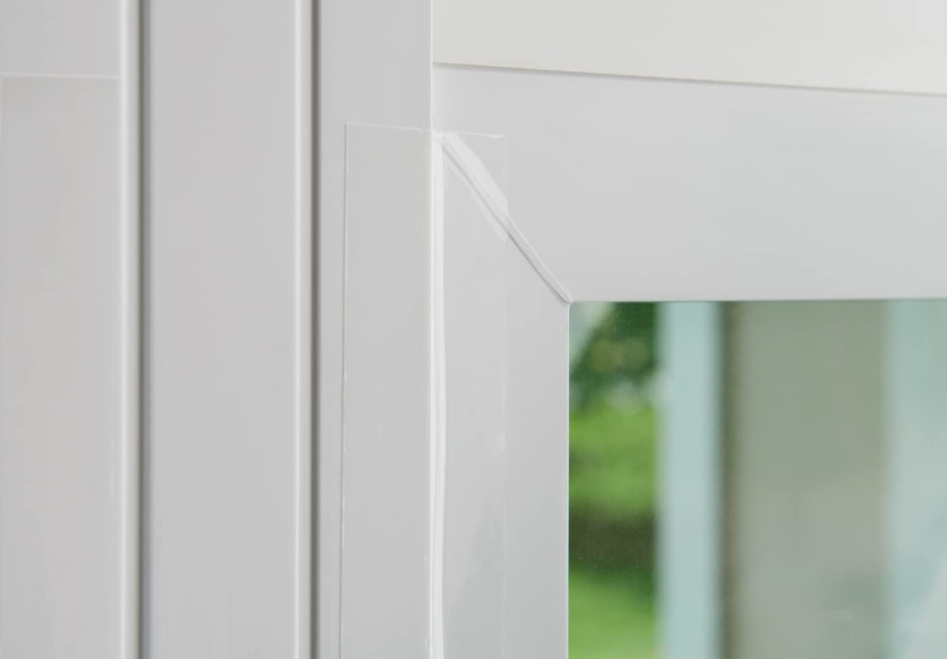
Weather sealing tape is an easy, low-cost option to block drafts around your windows. This tape sticks along the window frame to seal gaps and prevent air leaks.
Pros:
- Easy to apply, just cut and stick
- Affordable and great for temporary fixes
- Removable without damaging surfaces
Cons:
- May peel off in extreme weather
- Not the most attractive option
Many users find weather sealing tape helpful for reducing drafts, especially when applied properly, though some notice it can lose stickiness over time.
2. Draft Stopper
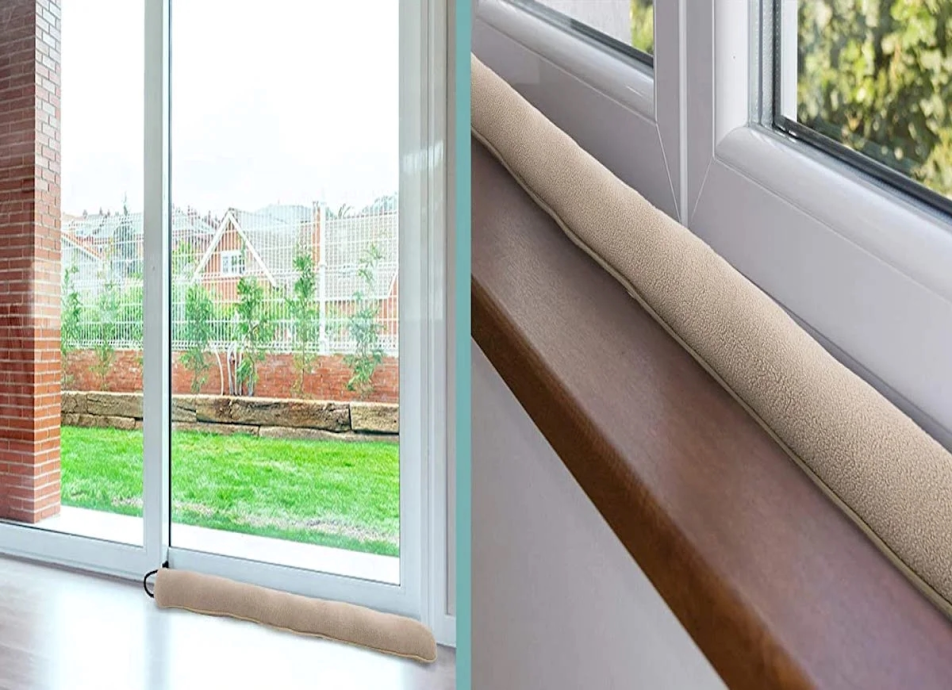
Draft stoppers—sometimes called door snakes—are fabric tubes filled with insulating material. They sit at the bottom of doors or window sills to block incoming drafts.
Pros:
- Portable and easy to move
- No permanent installation needed
- Available in many designs to match decor
Cons:
- Only covers small areas like door bottoms or sills
- Needs regular cleaning
People like draft stoppers for their simplicity and effectiveness on small gaps but note they aren’t a full-window solution.
3. Storm Windows
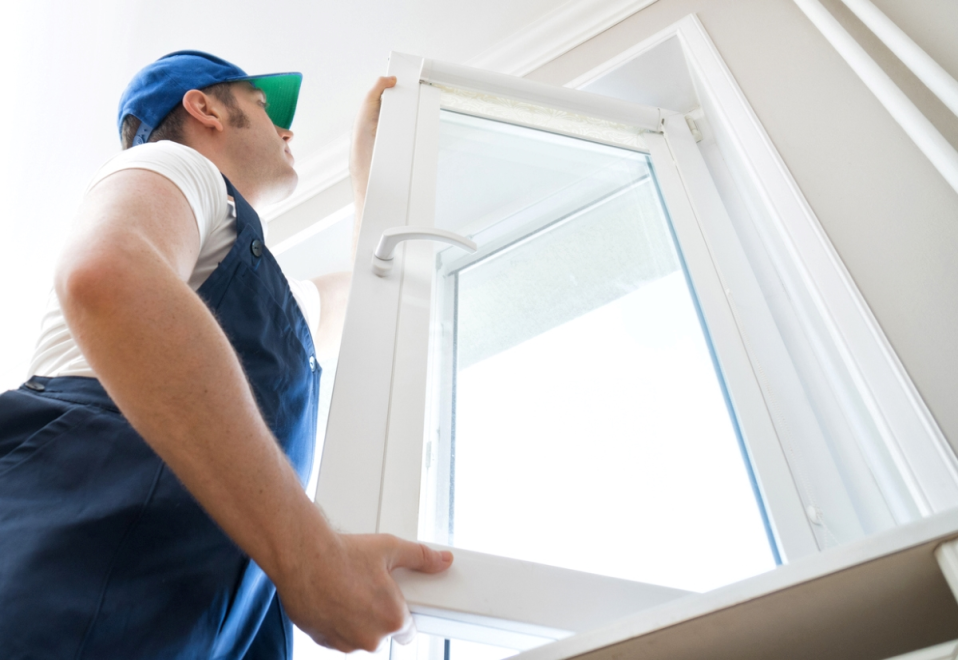
Storm windows add an extra layer over your existing windows, either inside or outside. They create a barrier against cold air and noise.
Pros:
- Great insulation boost
- Helps reduce outside noise
- Can increase home value
Cons:
- Often requires professional installation
- Higher upfront cost
Homeowners in cold climates often swear by storm windows for the noticeable difference in comfort and energy savings.
4. Window Insulation Kit
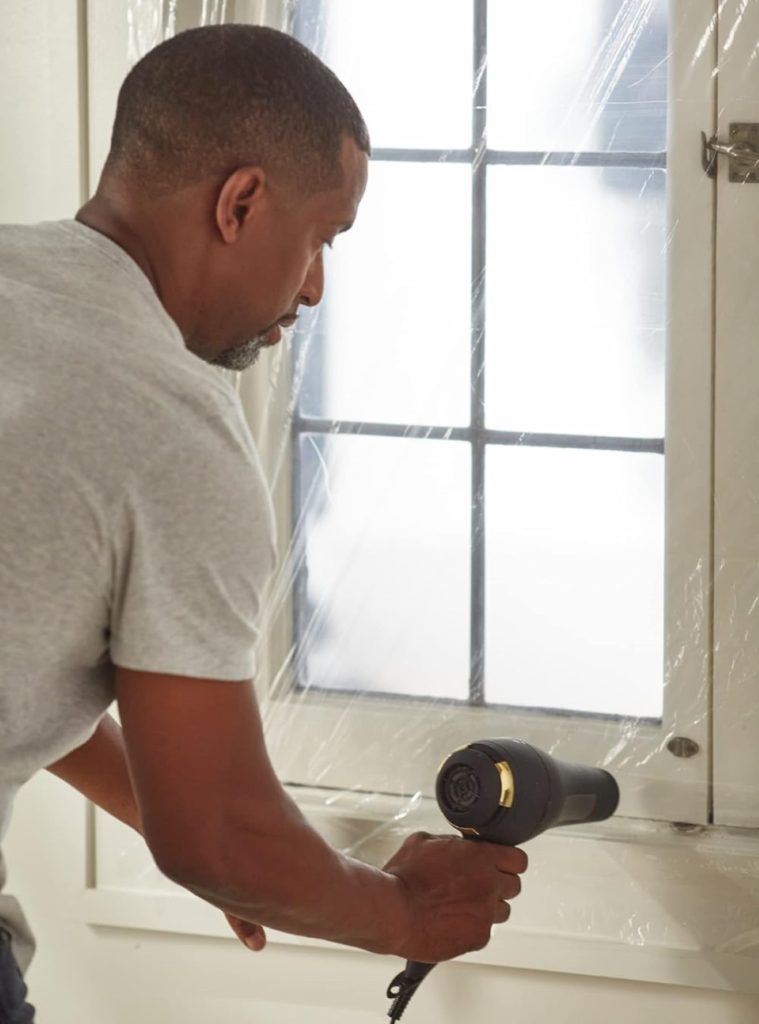
These kits usually include a plastic film you tape around your window and then shrink tight with heat (from a hairdryer). This creates an insulating air pocket.
Pros:
- Very effective at reducing heat loss
- Easy DIY installation
- Affordable
Cons:
- Changes the look of your windows
- Usually seasonal and removed in warmer months
Many people find these kits great for winter use, significantly cutting drafts if installed carefully.
5. Weather Stripping
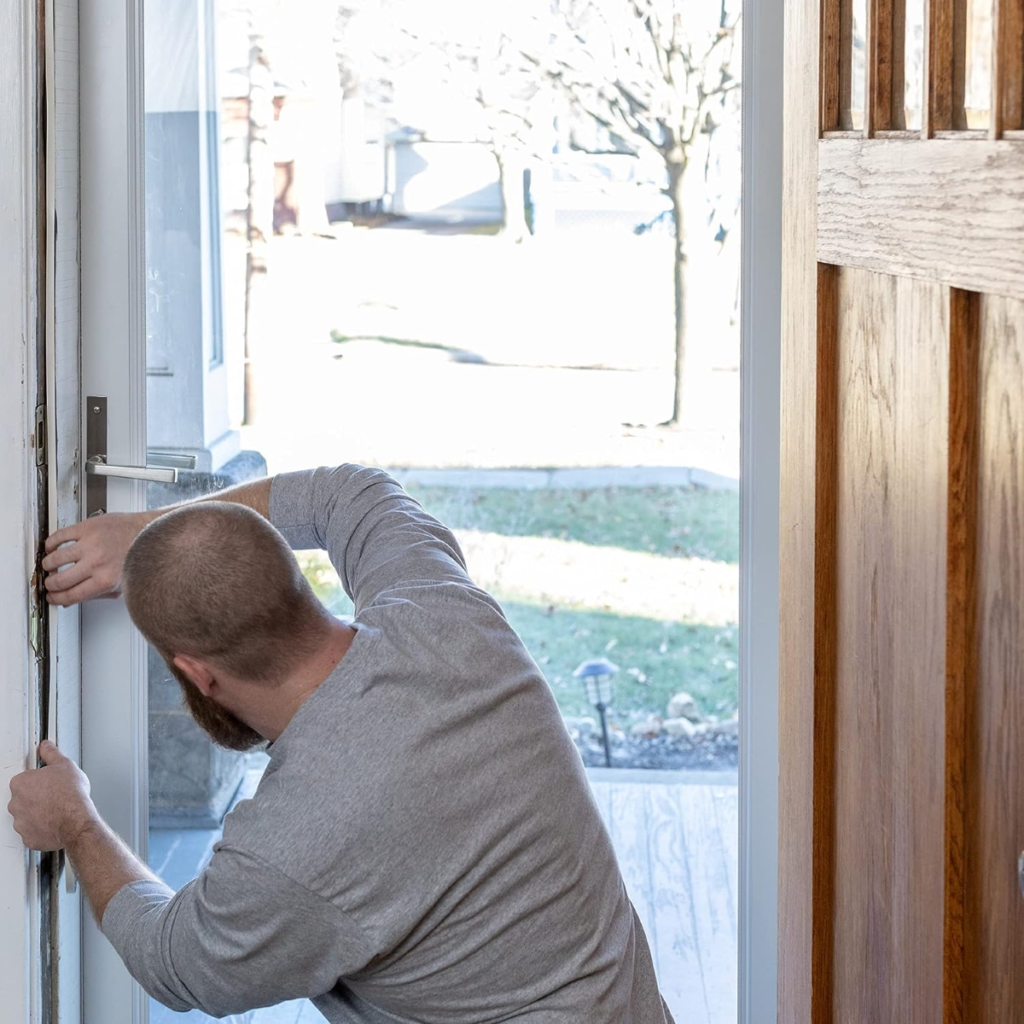
Weather stripping involves placing foam, rubber, or felt strips around window sashes or frames to seal gaps.
Pros:
- Helps maintain indoor temperature
- Variety of materials for different needs
- Low cost
Cons:
- Needs careful installation for best results
- Some materials wear out over time
Users report better comfort and lower energy bills after applying weather stripping properly.
6. Window Caulking

Caulking seals cracks and gaps around window frames with a silicone-based sealant.
Pros:
- Long-lasting, permanent fix
- Effectively seals small to medium gaps
- Improves energy efficiency
Cons:
- Requires neat application
- Needs time to cure
Many homeowners find caulking an essential part of winterizing their homes, providing a strong barrier against drafts.
7. Thermal Curtains
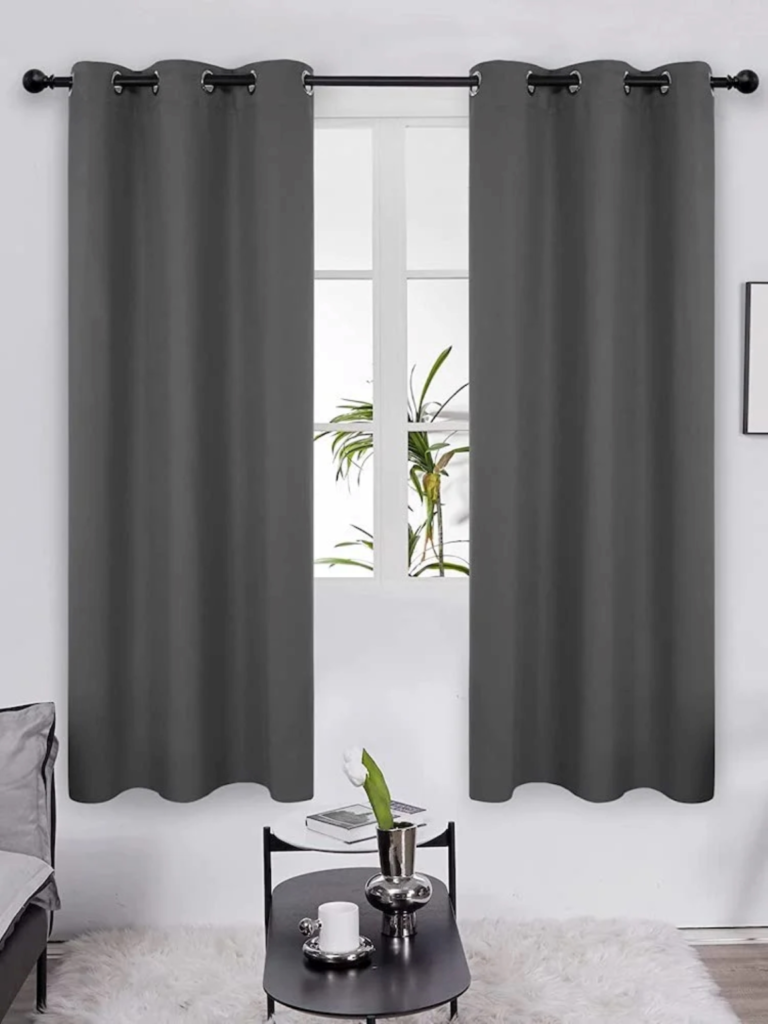
Thermal curtains are thick curtains made from insulating materials that block heat loss.
Pros:
- Reduce energy costs
- Help with noise reduction
- Available in many styles
Cons:
- Need proper installation (curtain rods)
- More expensive upfront
Thermal curtains are popular for adding comfort and style while saving on heating bills.
8. Bubble Wrap
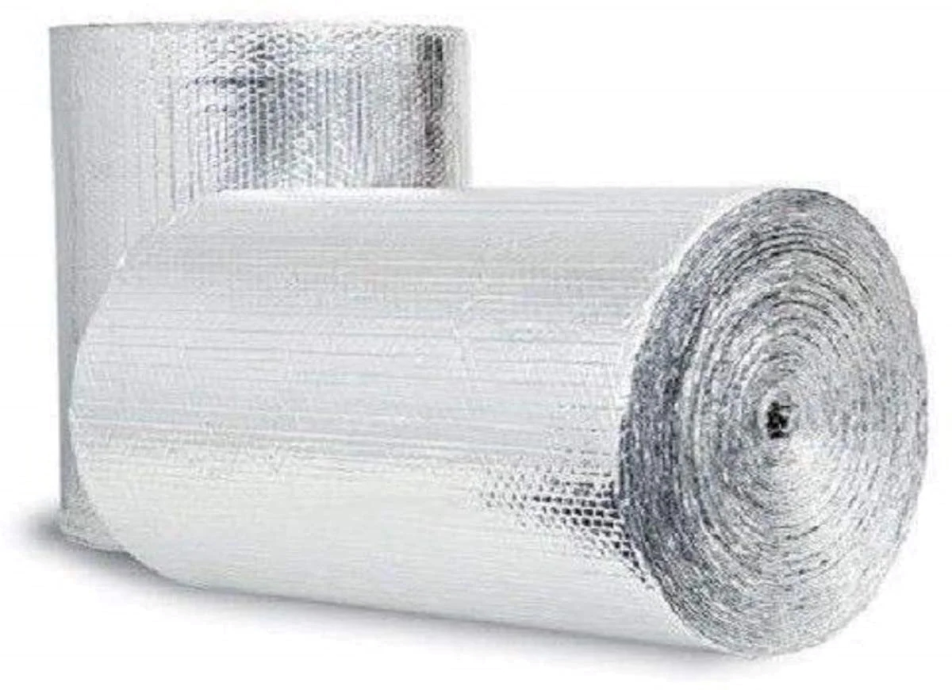
Applying bubble wrap to windows is a simple and cheap way to insulate. Spray water on the glass and press the bubble side against it.
Pros:
- Extremely low cost
- Easy to apply and remove
- Good temporary solution
Cons:
- Not very attractive
- Doesn’t last very long
Many users use bubble wrap as a quick winter fix, especially in rooms where looks aren’t a priority.
9. Clear Nail Polish on Window Cracks
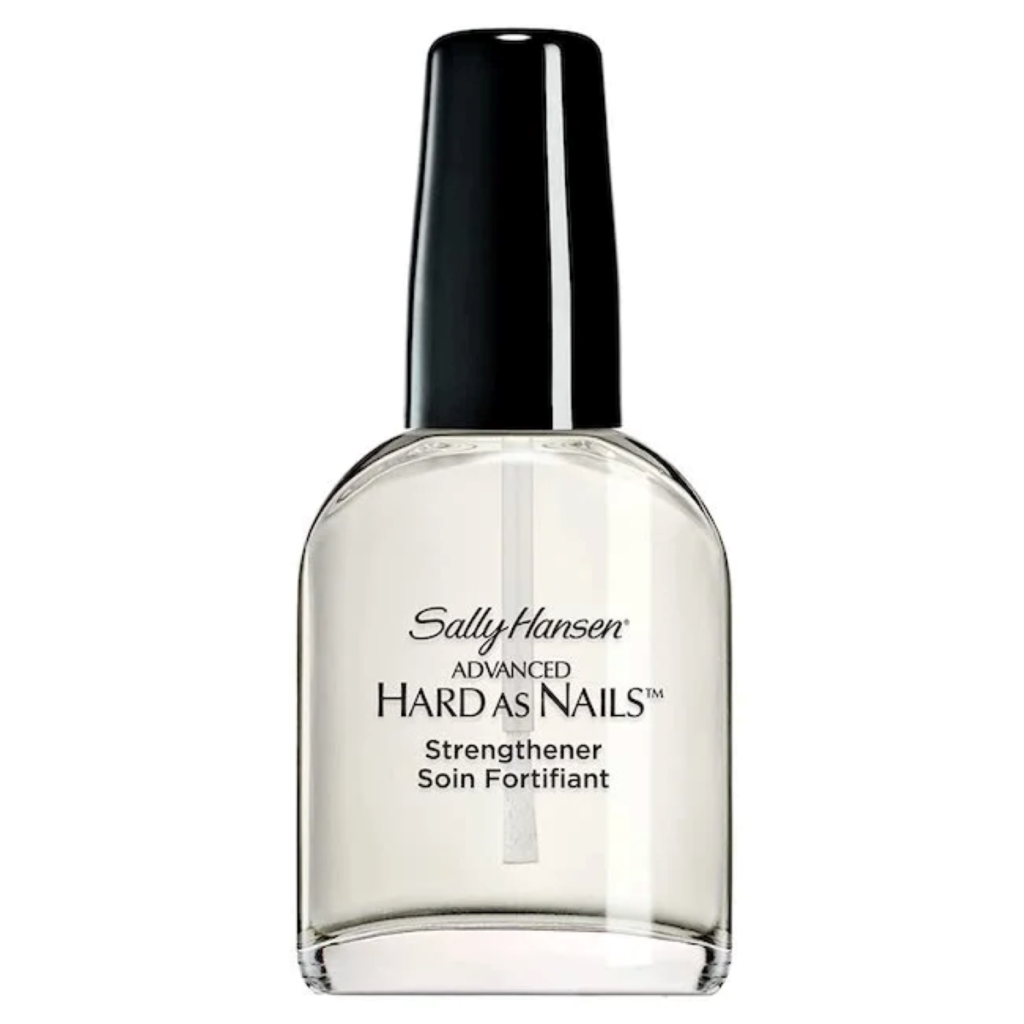
Clear nail polish can seal tiny cracks temporarily to prevent drafts.
Pros:
- Quick and cheap
- Uses common household item
- Easy application
Cons:
- Temporary fix only
- Not suited for bigger cracks
While this method can help in a pinch, it’s not a substitute for proper window repairs.
10. Honeycomb Shades
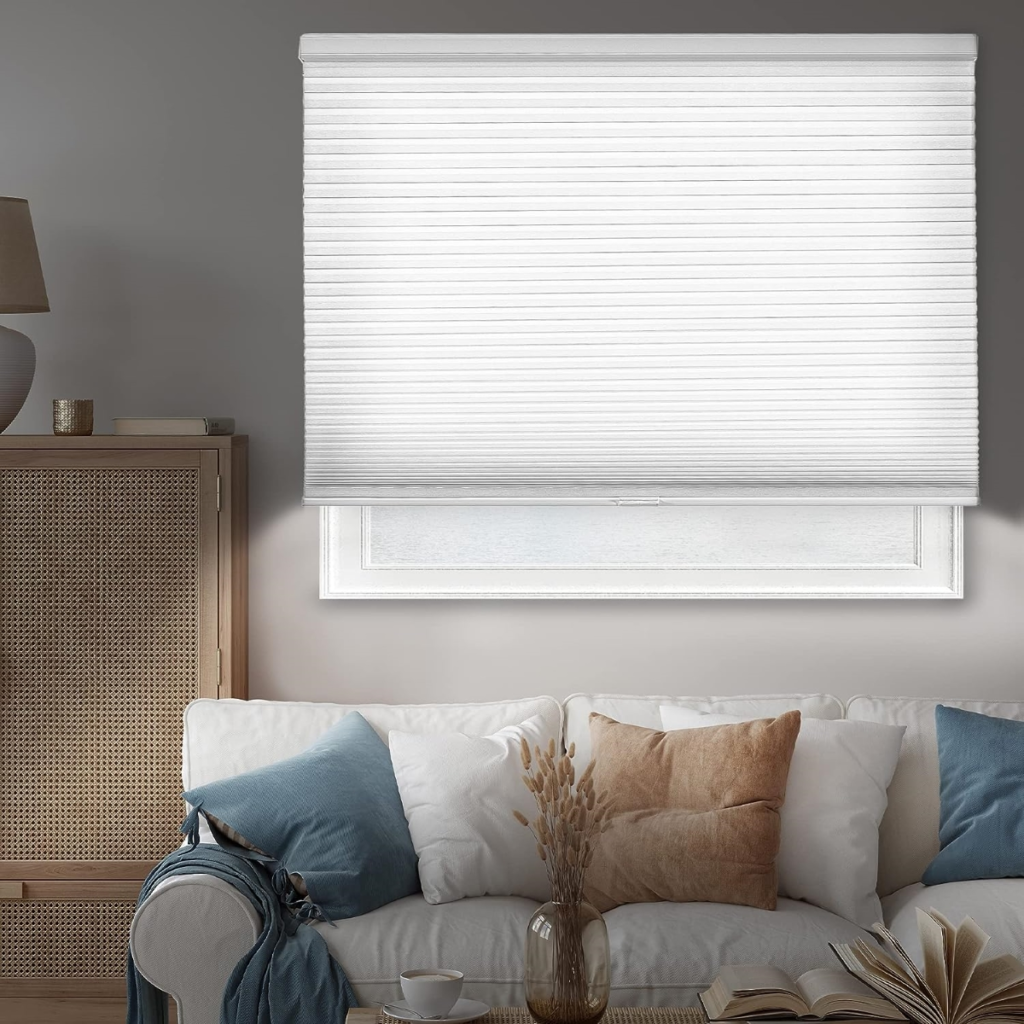
Honeycomb (cellular) shades trap air in their pockets, providing good insulation.
Pros:
- Energy efficient
- Control over light and privacy
- Stylish options
Cons:
- Needs mounting hardware
- More costly than basic curtains
Many homeowners love honeycomb shades for combining insulation with a modern look.
11. Insulate With Foam Board
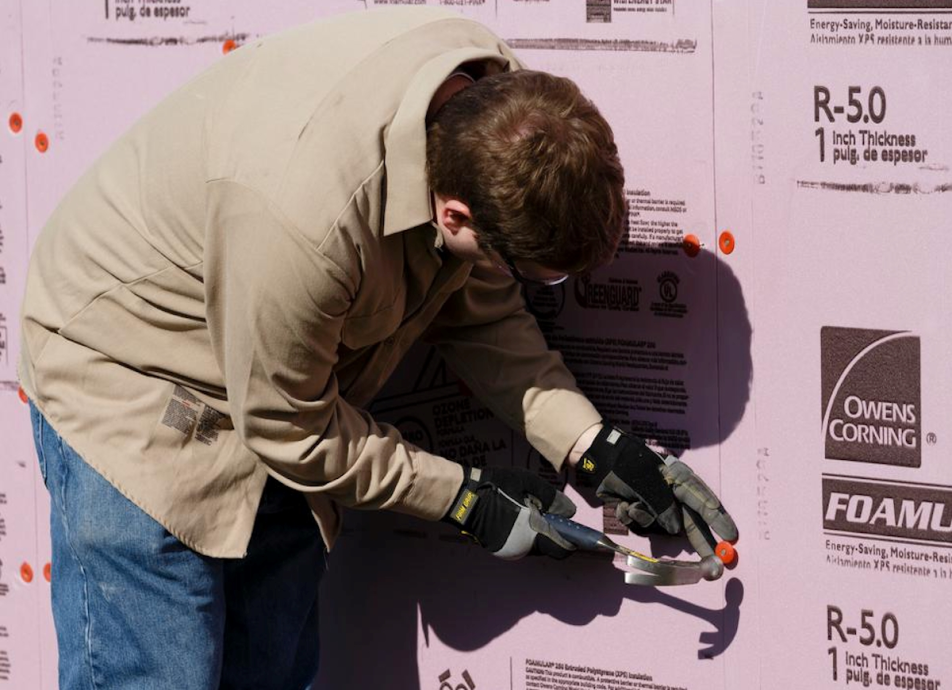
Cut foam boards to fit inside window frames or sills to block drafts.
Pros:
- Effective insulator
- Relatively inexpensive
- Easy to customize
Cons:
- Can block natural light
- May not look great
This is a good option for rooms you don’t use often or as a temporary winter fix.
12. Replace the Windows
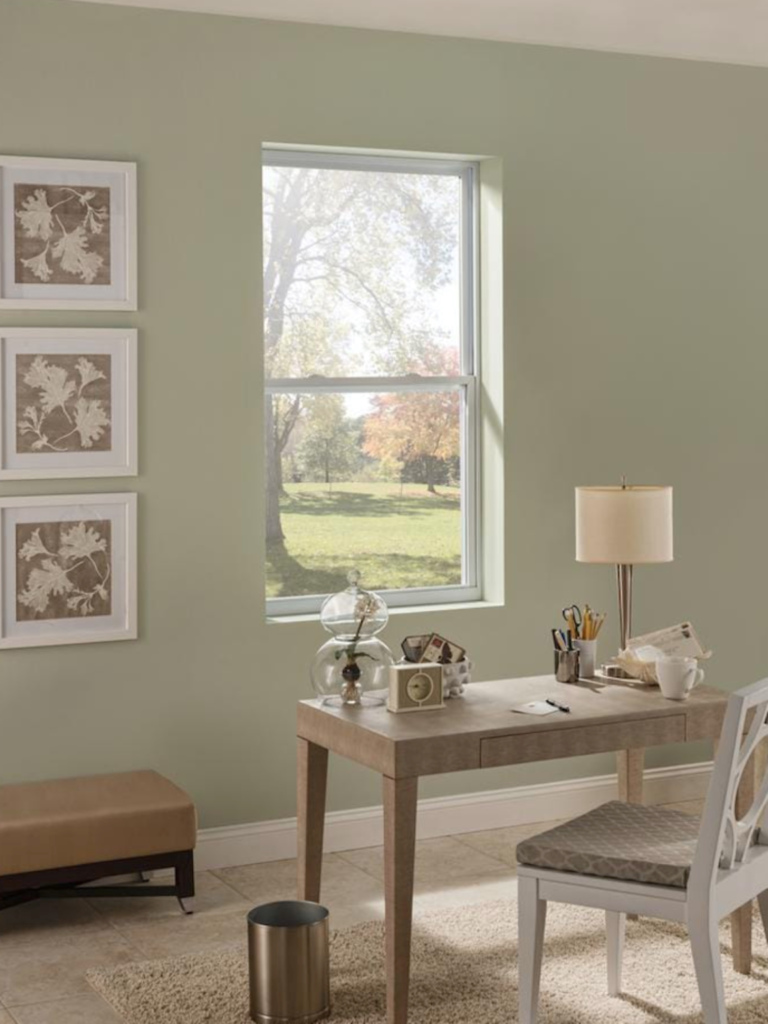
Sometimes the best solution is to replace old, inefficient windows with new energy-efficient ones.
Pros:
- Best long-term fix
- Improves home value
- Reduces energy costs significantly
Cons:
- High upfront cost
- Requires professional installation
Many homeowners consider window replacement the ultimate solution, paying off over time through energy savings and comfort.
Final Thoughts
Drafty windows can be a major annoyance, but as you can see, there’s no shortage of solutions suited for every budget and lifestyle. Whether you want a quick fix for the winter or a long-term upgrade, these 12 options cover a wide range of needs.
For those on a tight budget or renters, weather sealing tape, bubble wrap, and draft stoppers offer simple, affordable ways to reduce drafts without permanent changes. They’re quick to install, removable, and effective enough to make a noticeable difference in your comfort. However, keep in mind these solutions are generally temporary and may need reapplication or replacement over time.
If you’re looking for something more durable but still cost-conscious, weather stripping, window insulation kits, and caulking provide solid mid-range fixes. These methods require a bit more effort but can significantly improve your window’s ability to keep air out and warmth in. They’re perfect for homeowners who want to tackle drafts with some DIY and without breaking the bank.
For those willing to invest more for comfort, storm windows, thermal curtains, honeycomb shades, and foam board insulation deliver excellent results. They not only reduce drafts but also add insulation, noise reduction, and even style to your home. These solutions tend to be longer lasting and can improve energy efficiency noticeably, which can save money on heating and cooling in the long run.
Finally, if your windows are old, damaged, or simply not up to modern standards, replacing them with new energy-efficient models might be the smartest move. Though the highest upfront cost, new windows provide the best insulation, improve curb appeal, and increase your home’s value. Plus, they reduce drafts permanently, so you won’t have to worry about temporary fixes or patching gaps year after year.
The key to choosing the right solution is understanding your budget, your home’s condition, and how much time and effort you want to invest. For many, combining a few of these methods—like applying weather stripping and hanging thermal curtains—can provide great results without the need for full window replacement.
No matter which route you take, sealing your drafty windows is an investment in your comfort and energy savings. A warm, cozy home is worth the effort—and with these 12 options, you’re sure to find the perfect fit for your needs.




